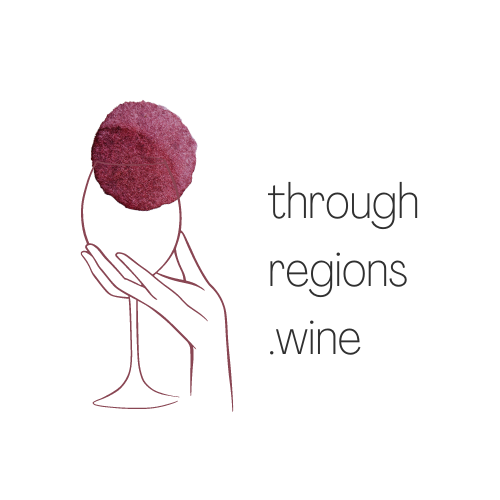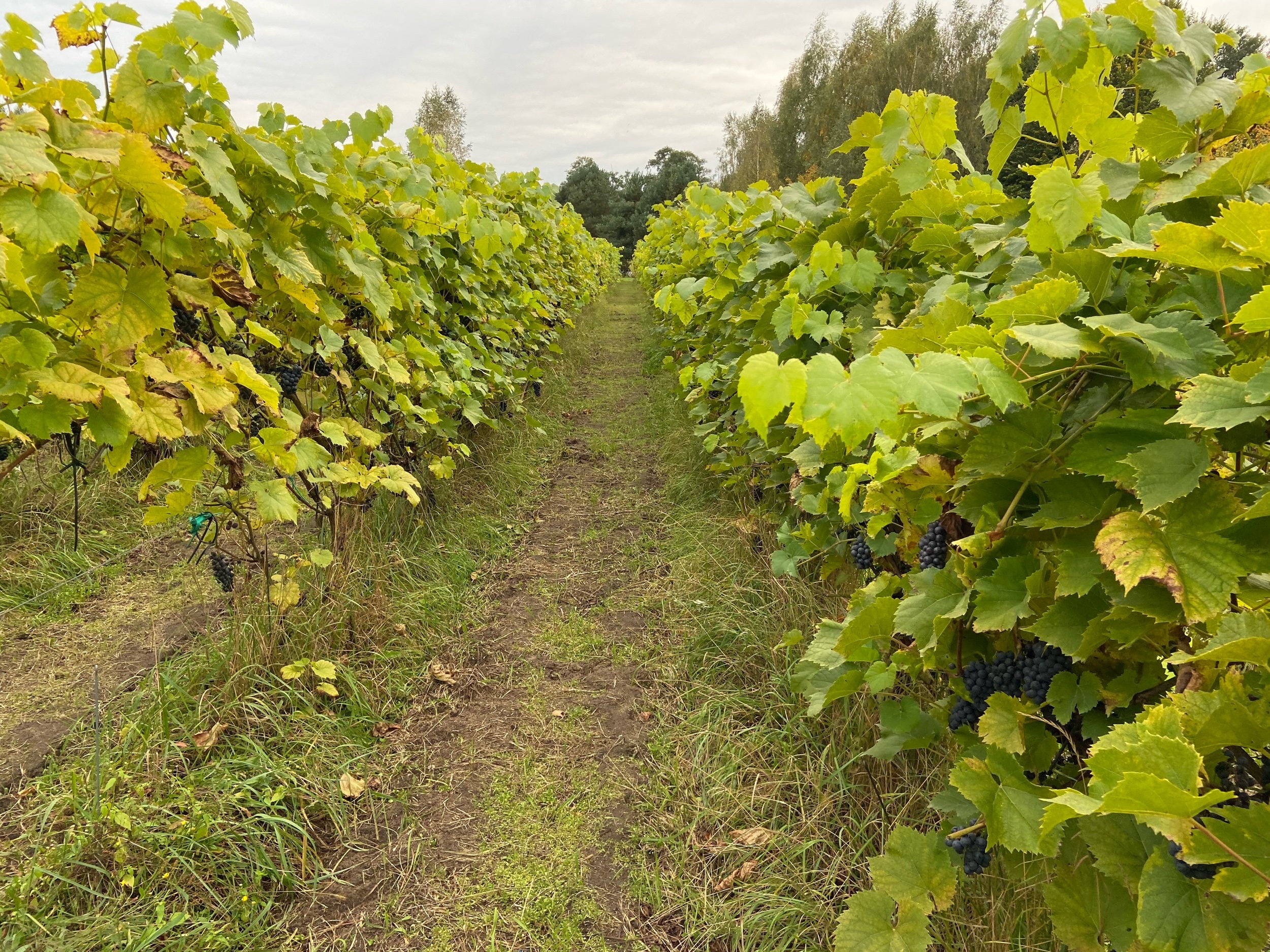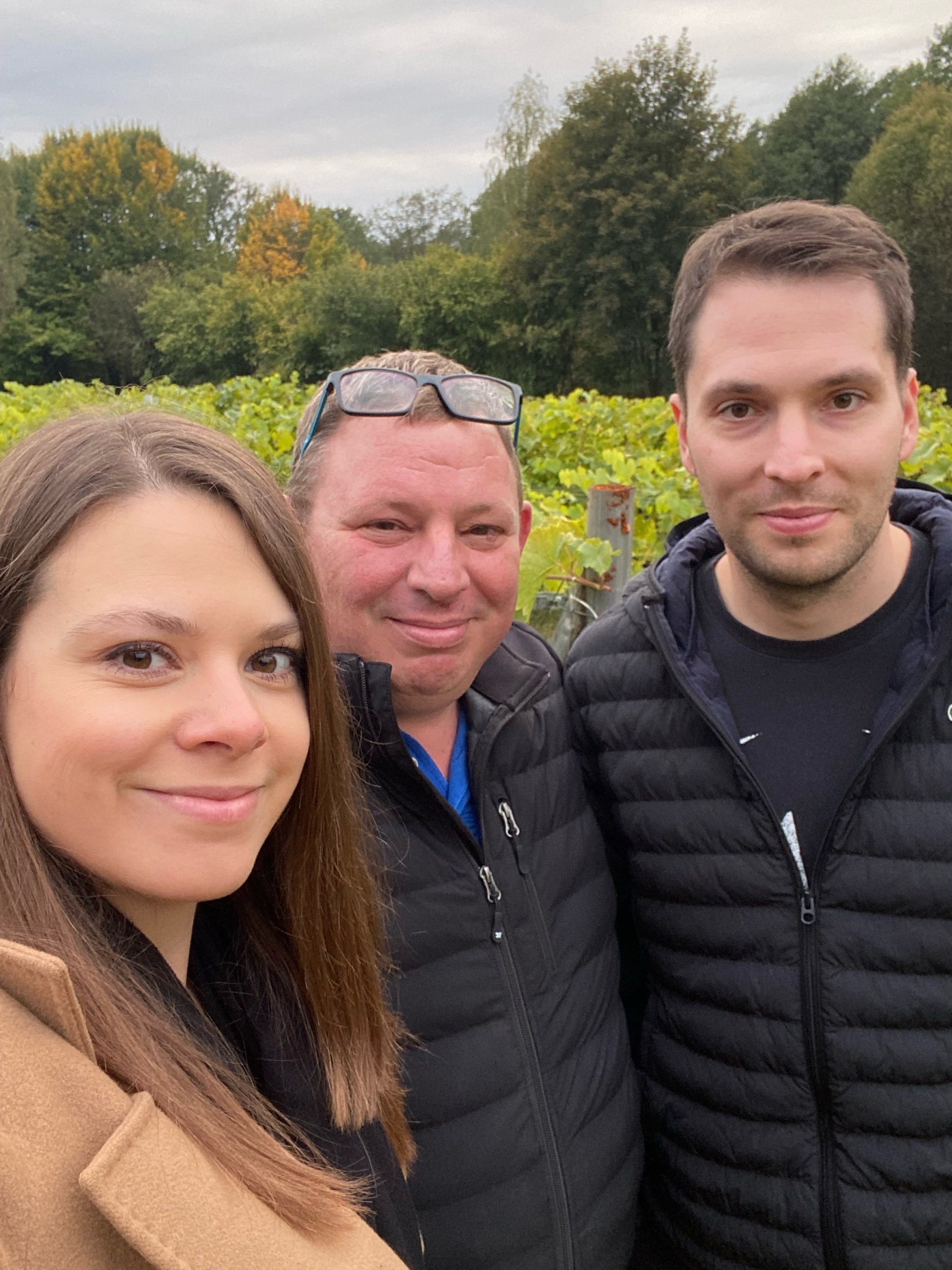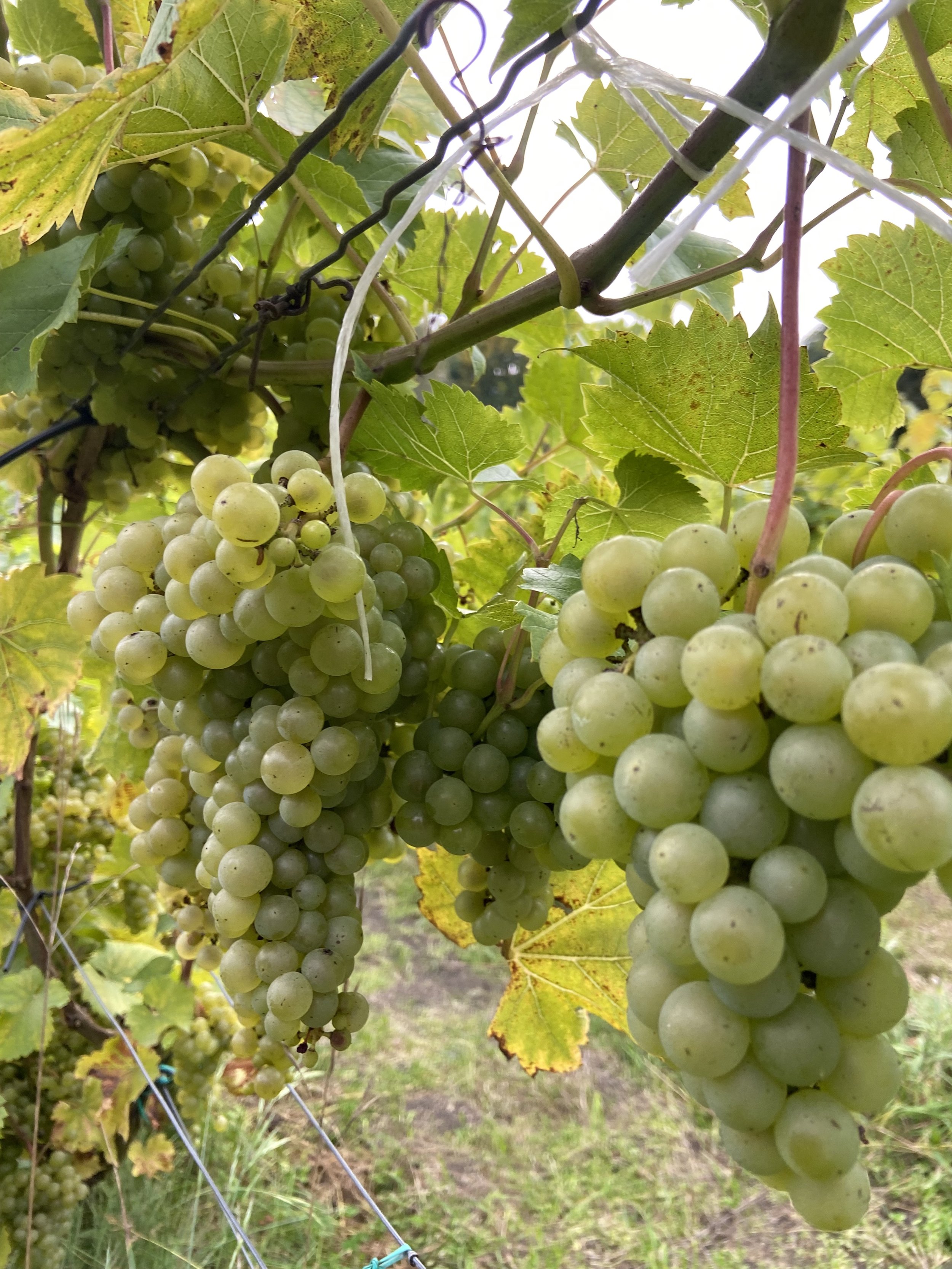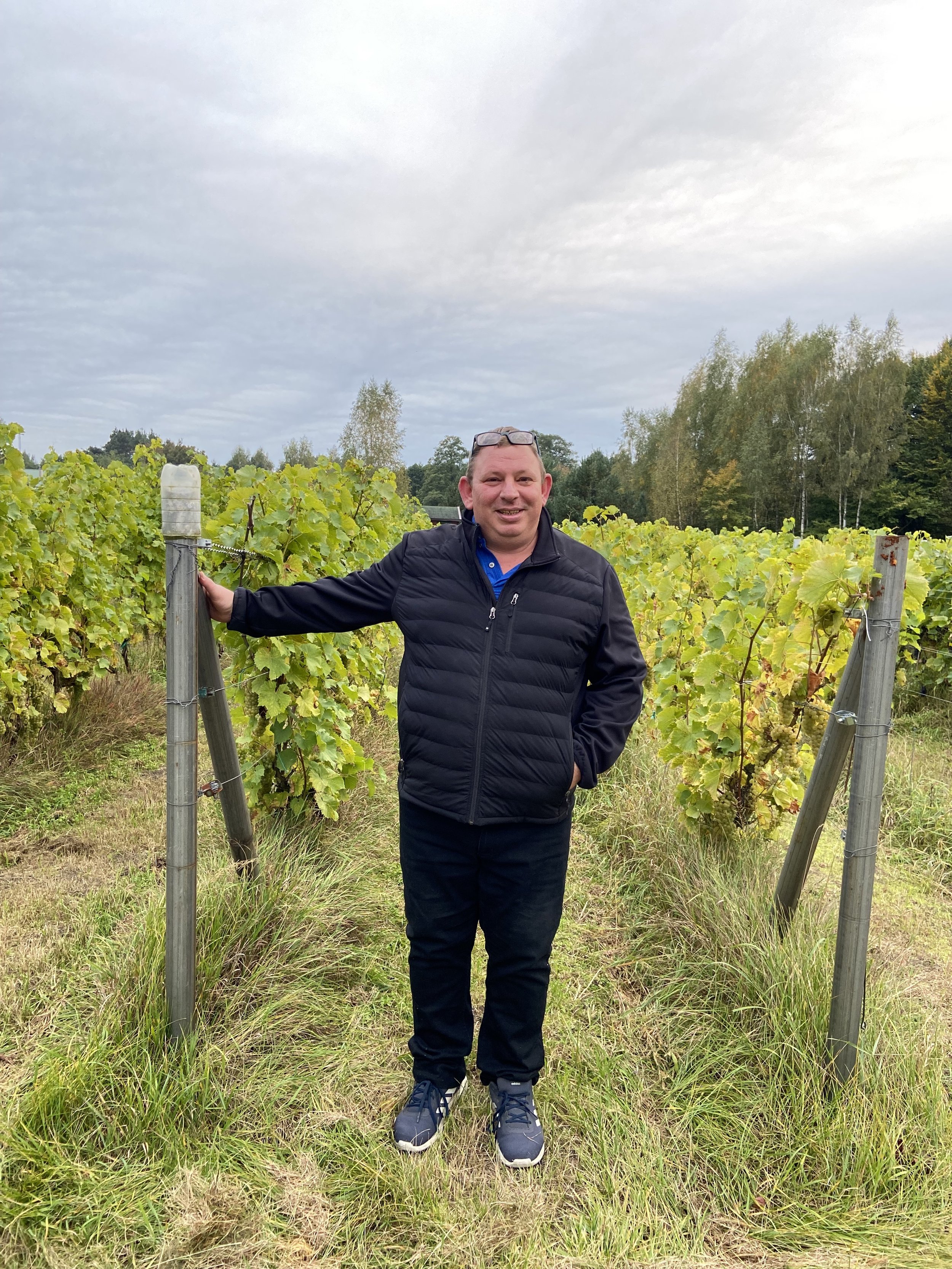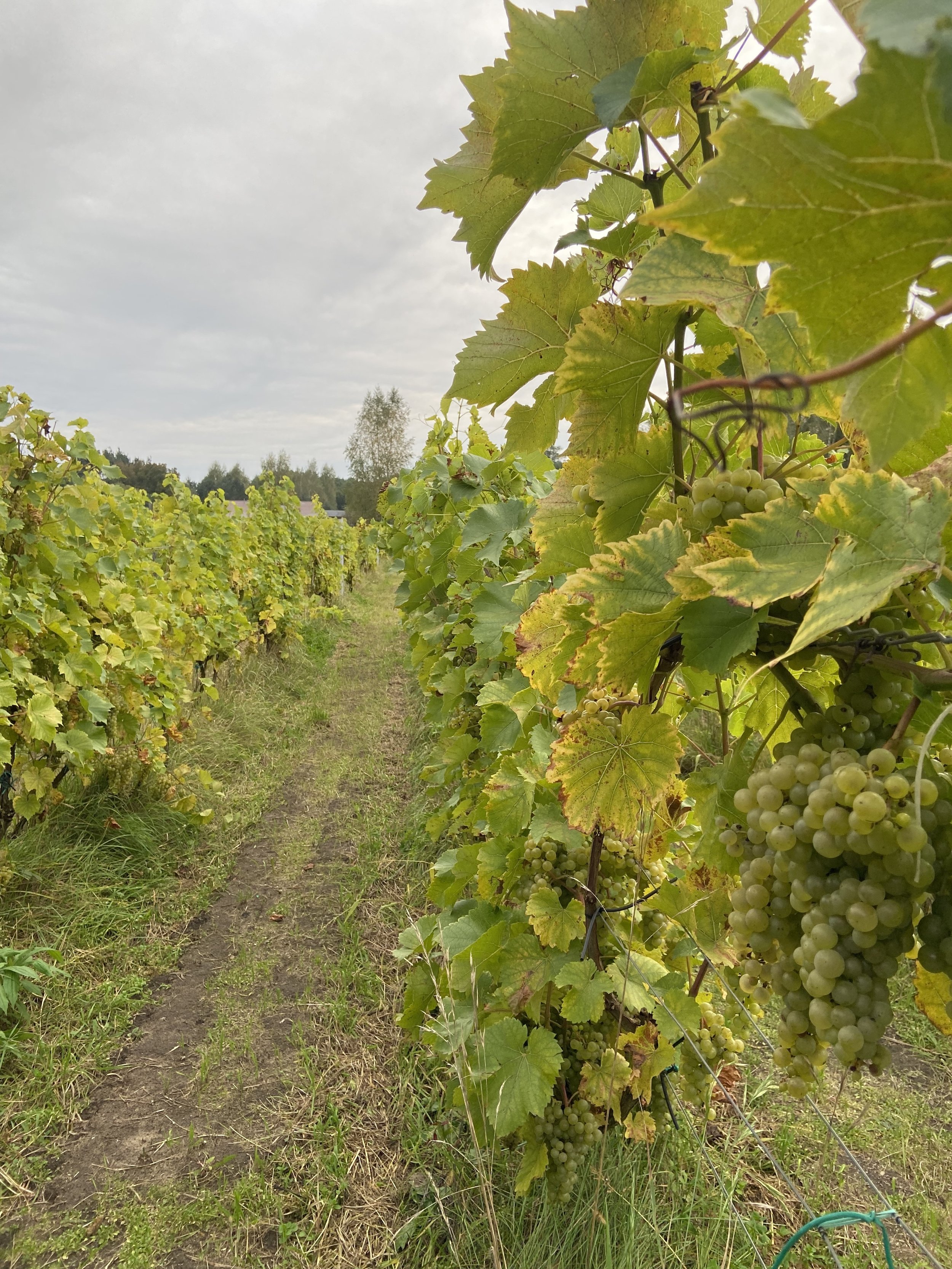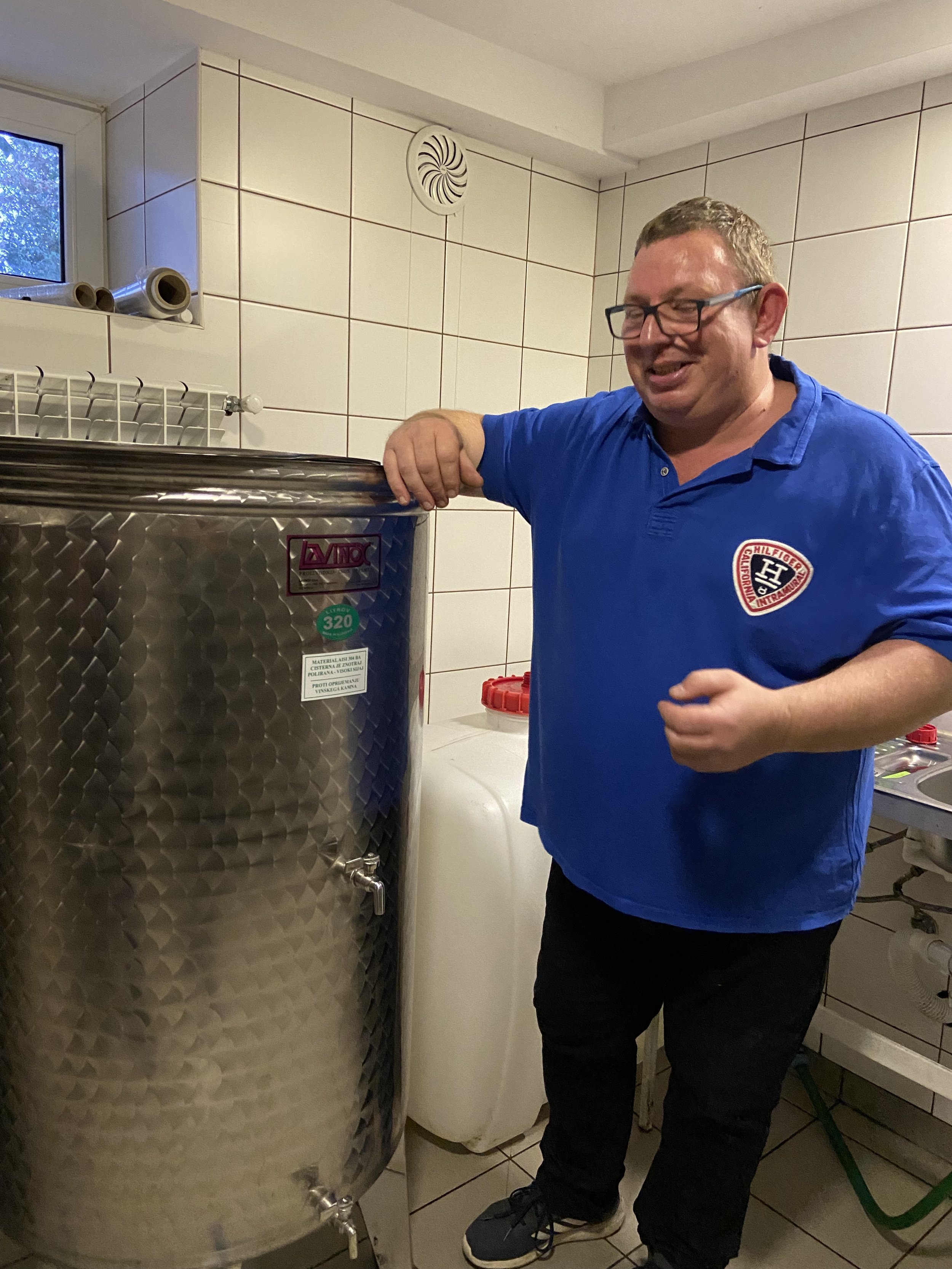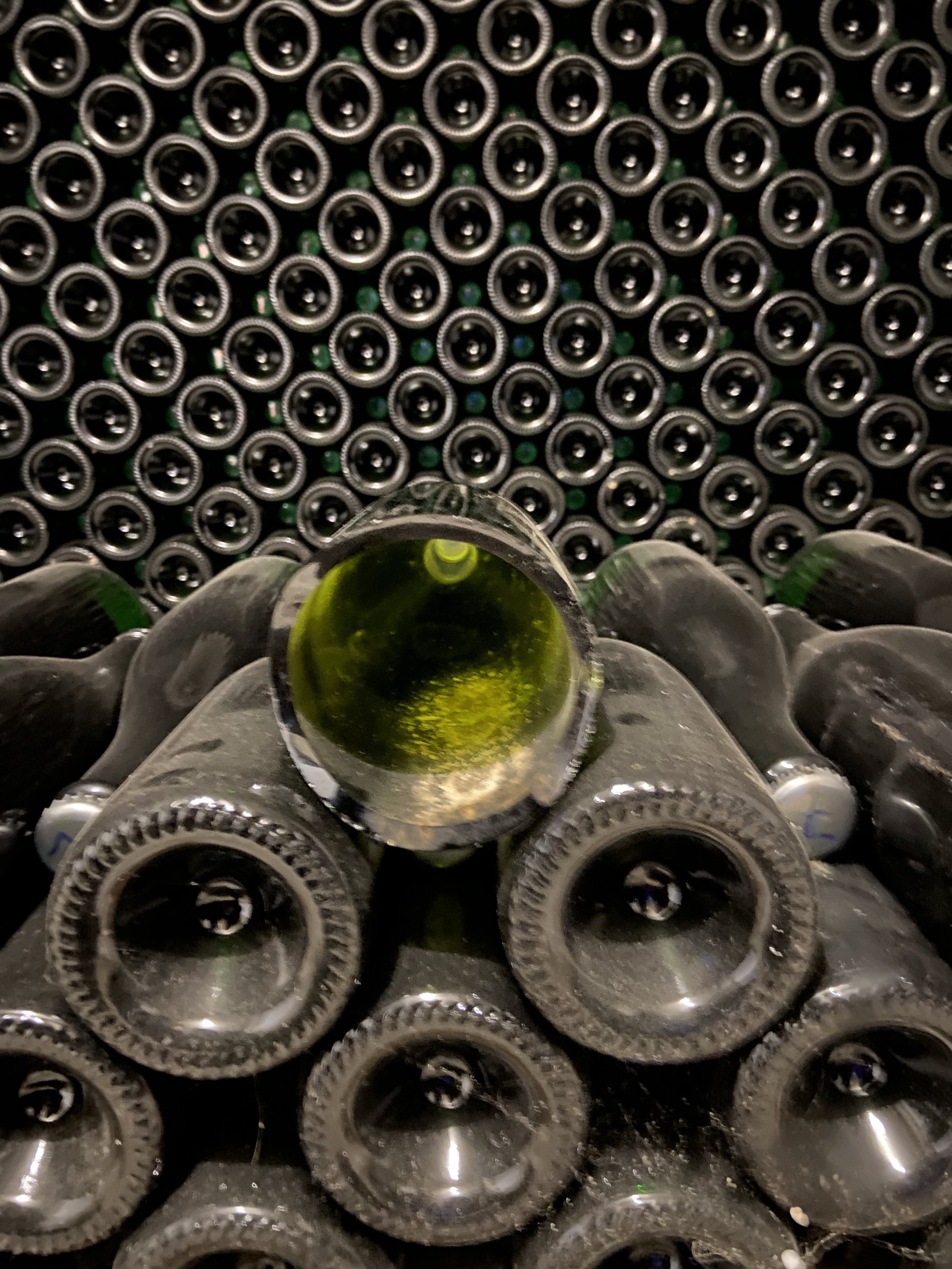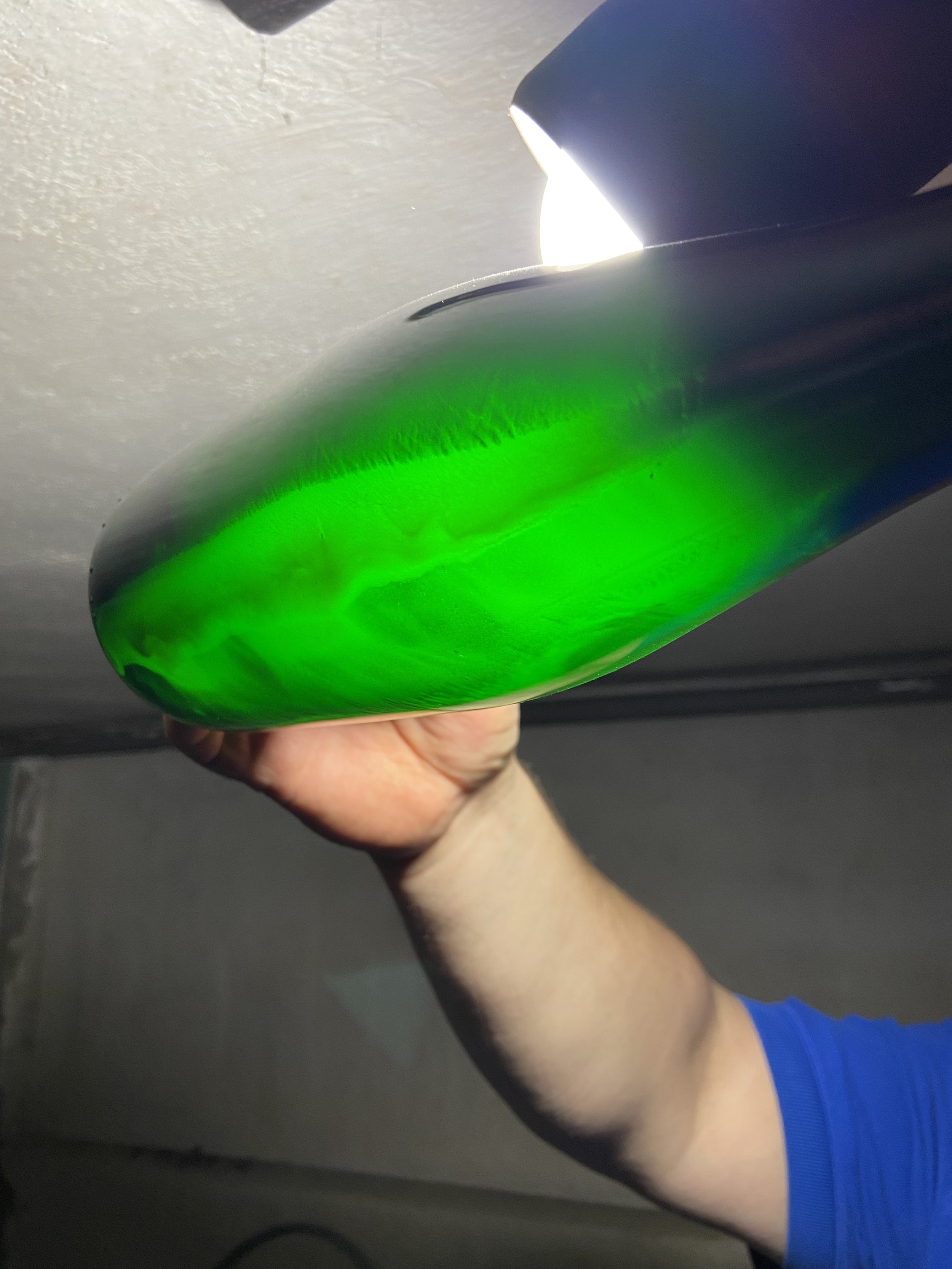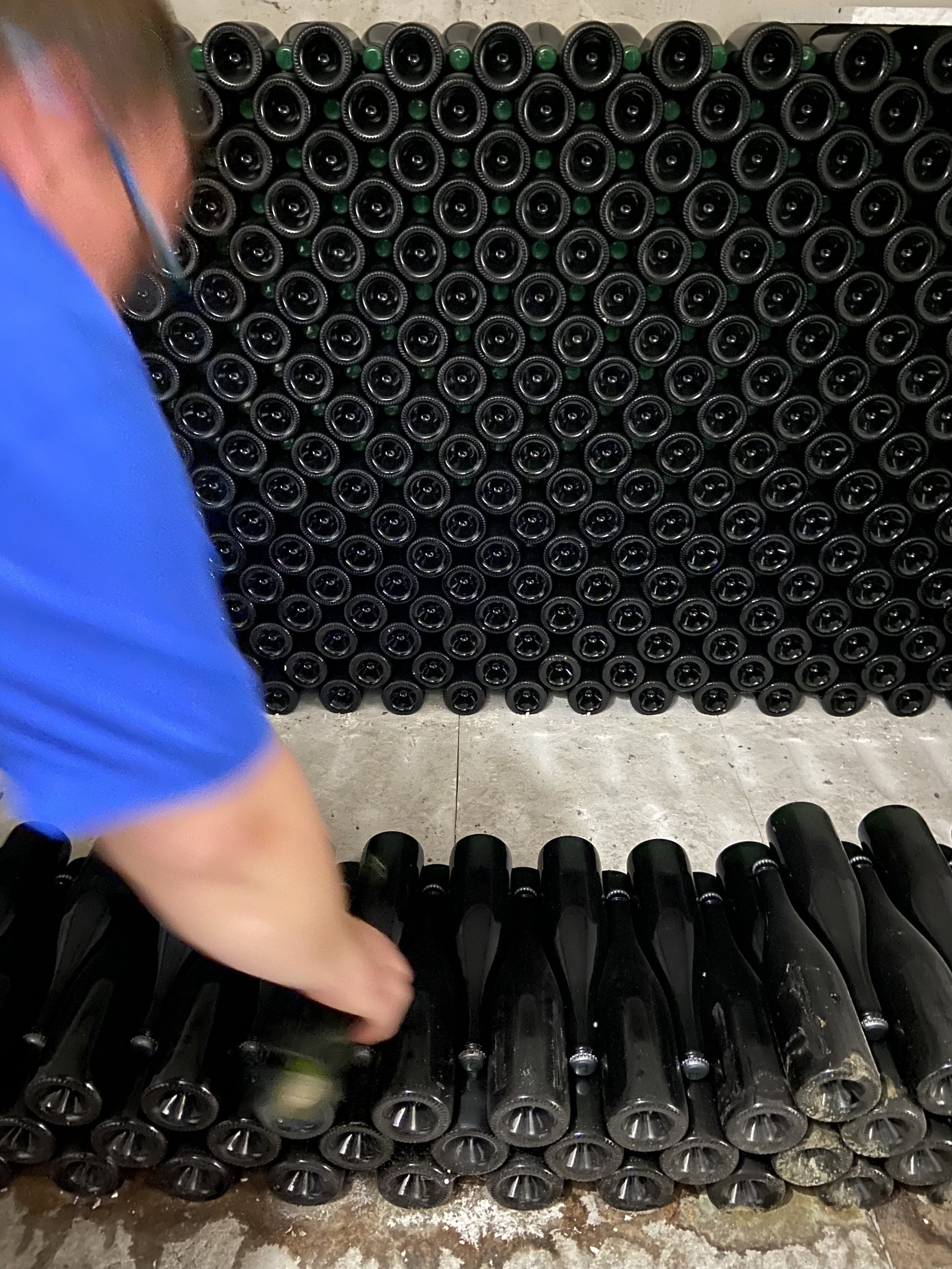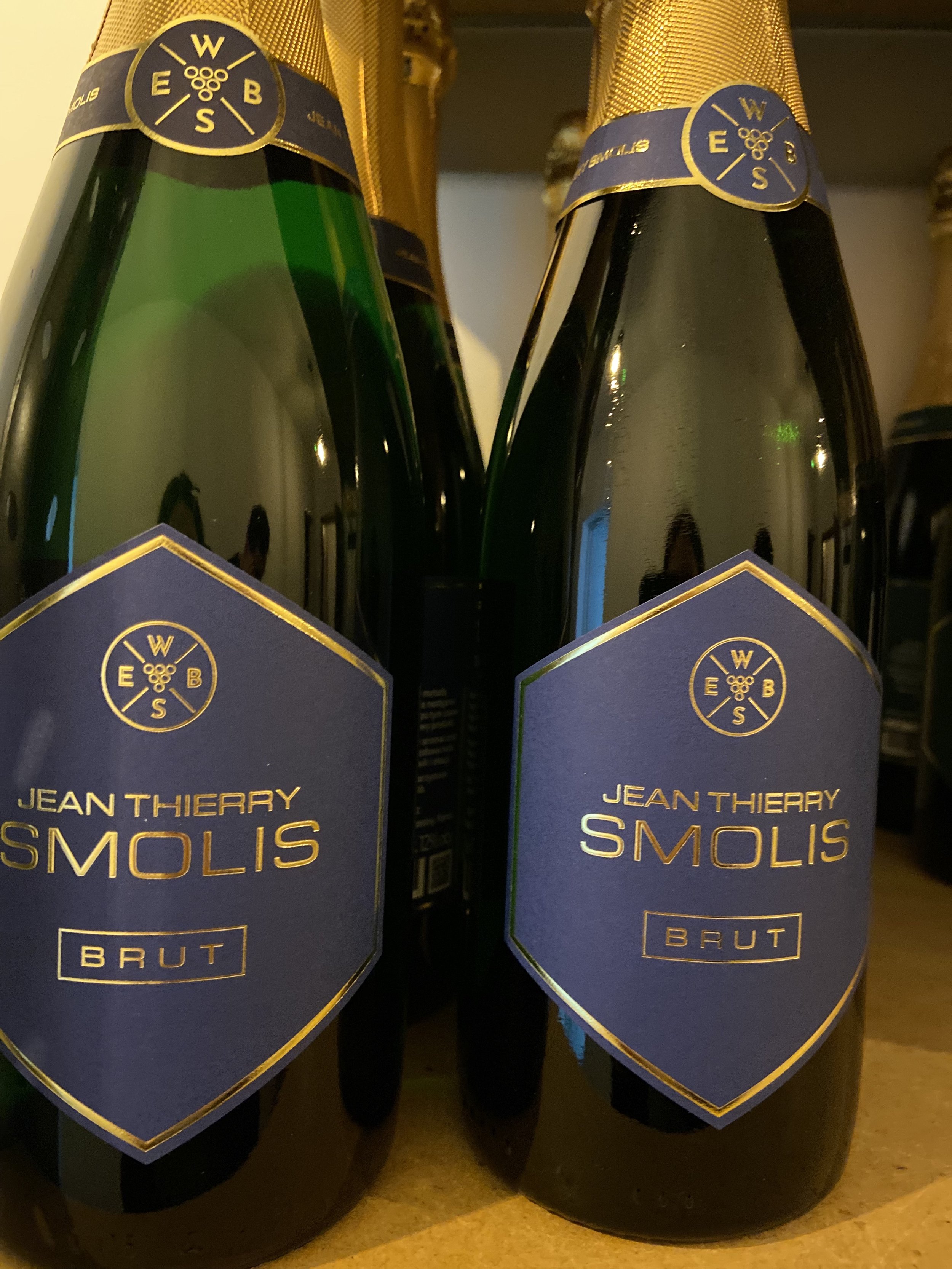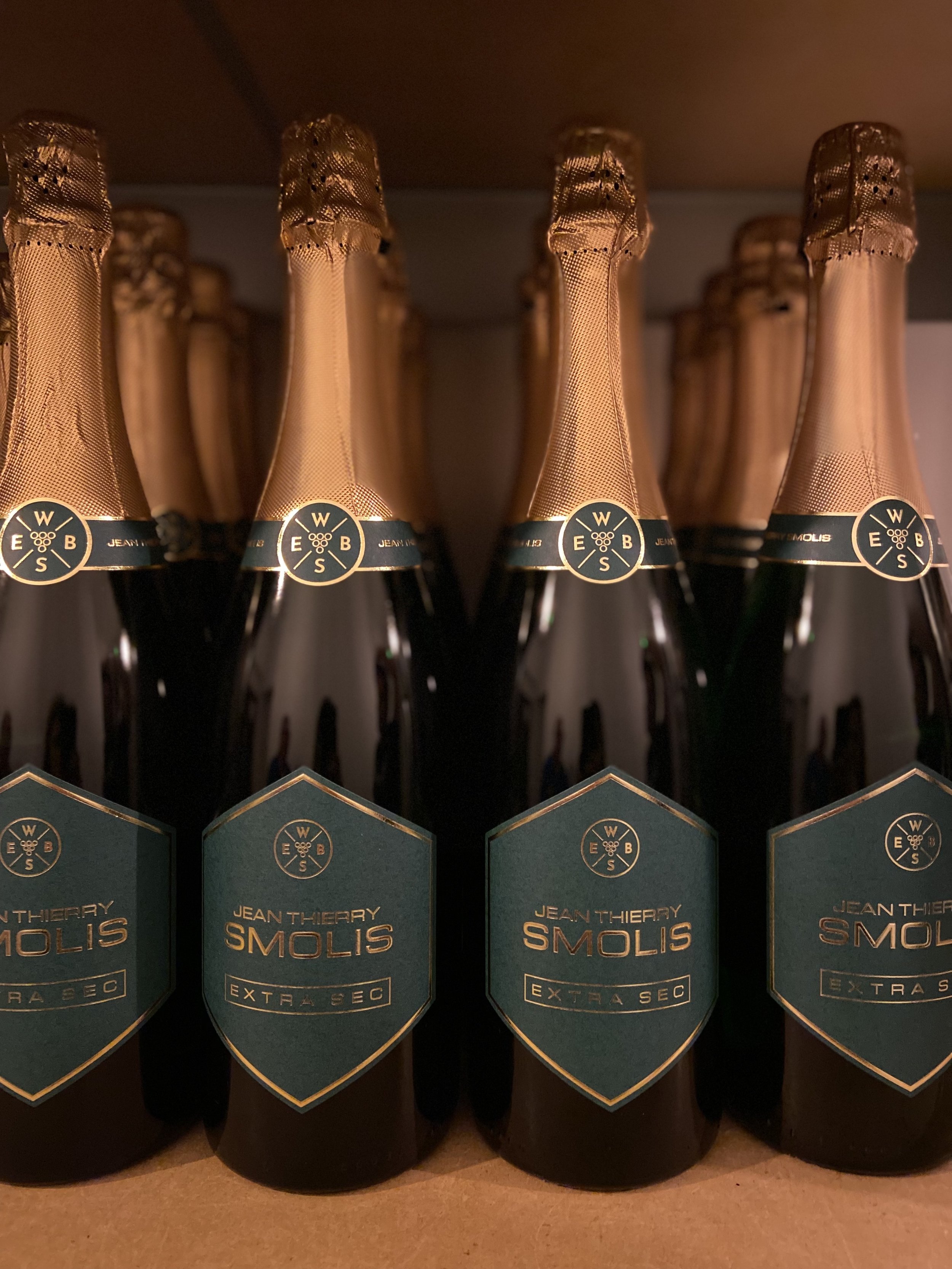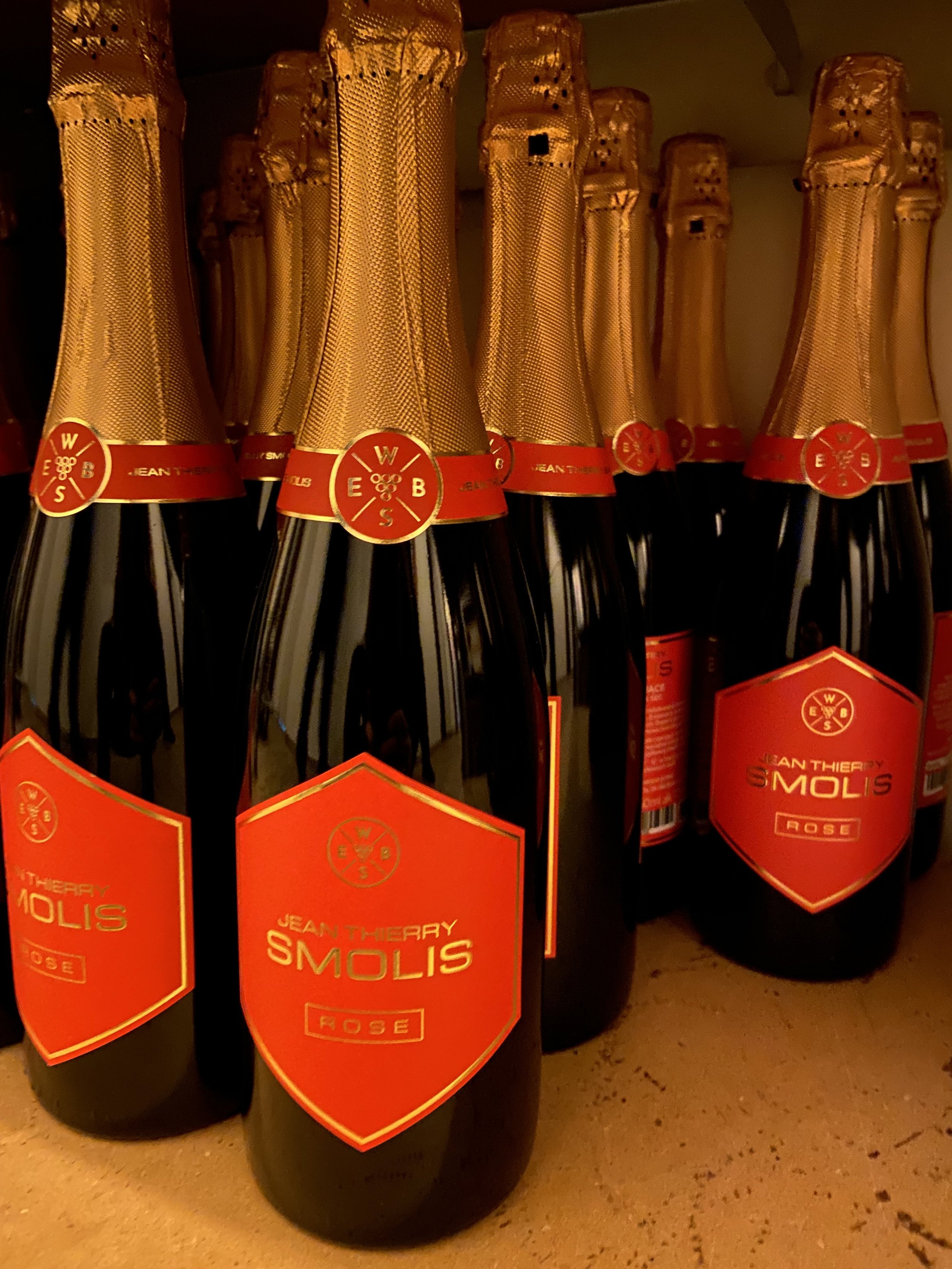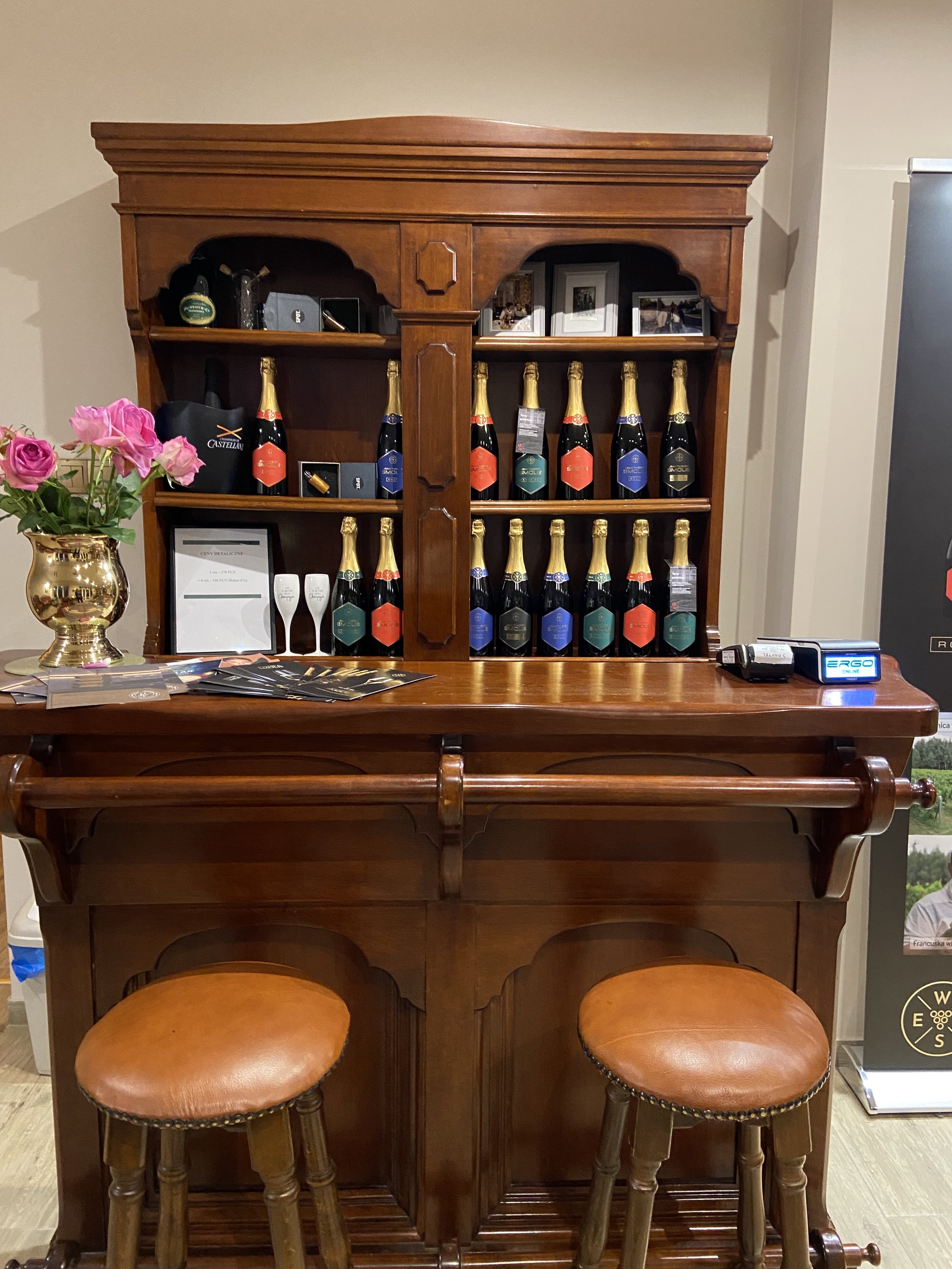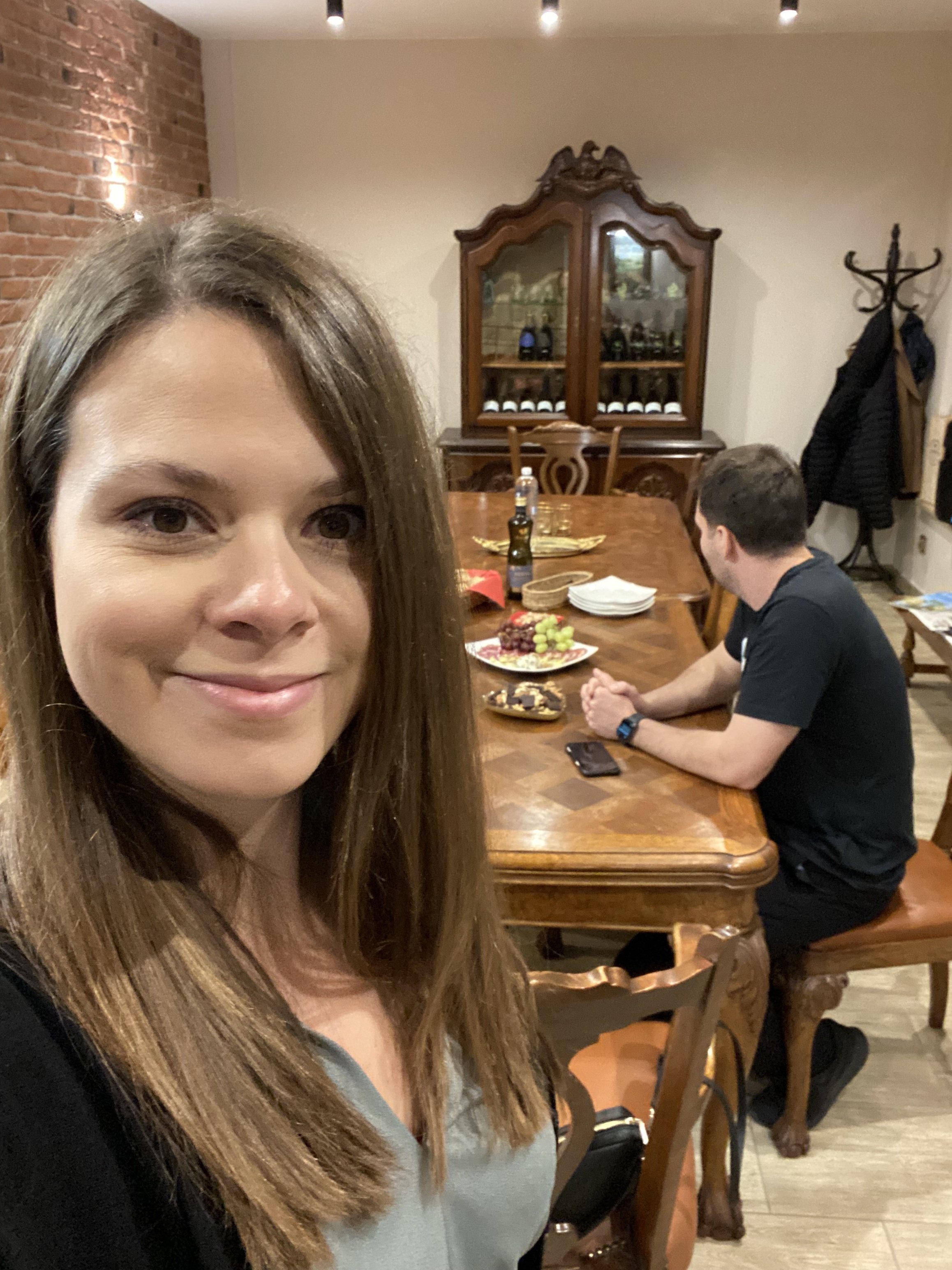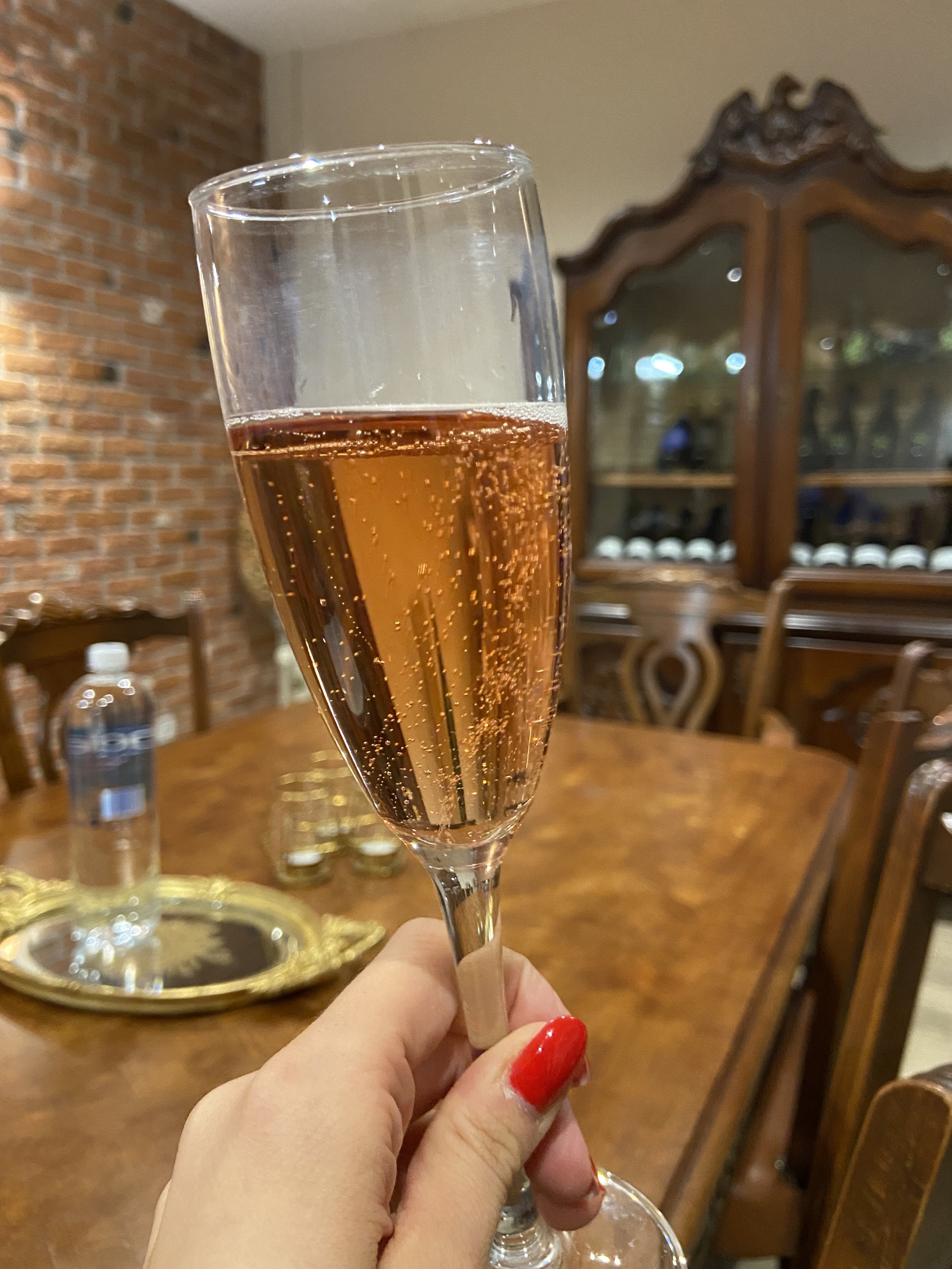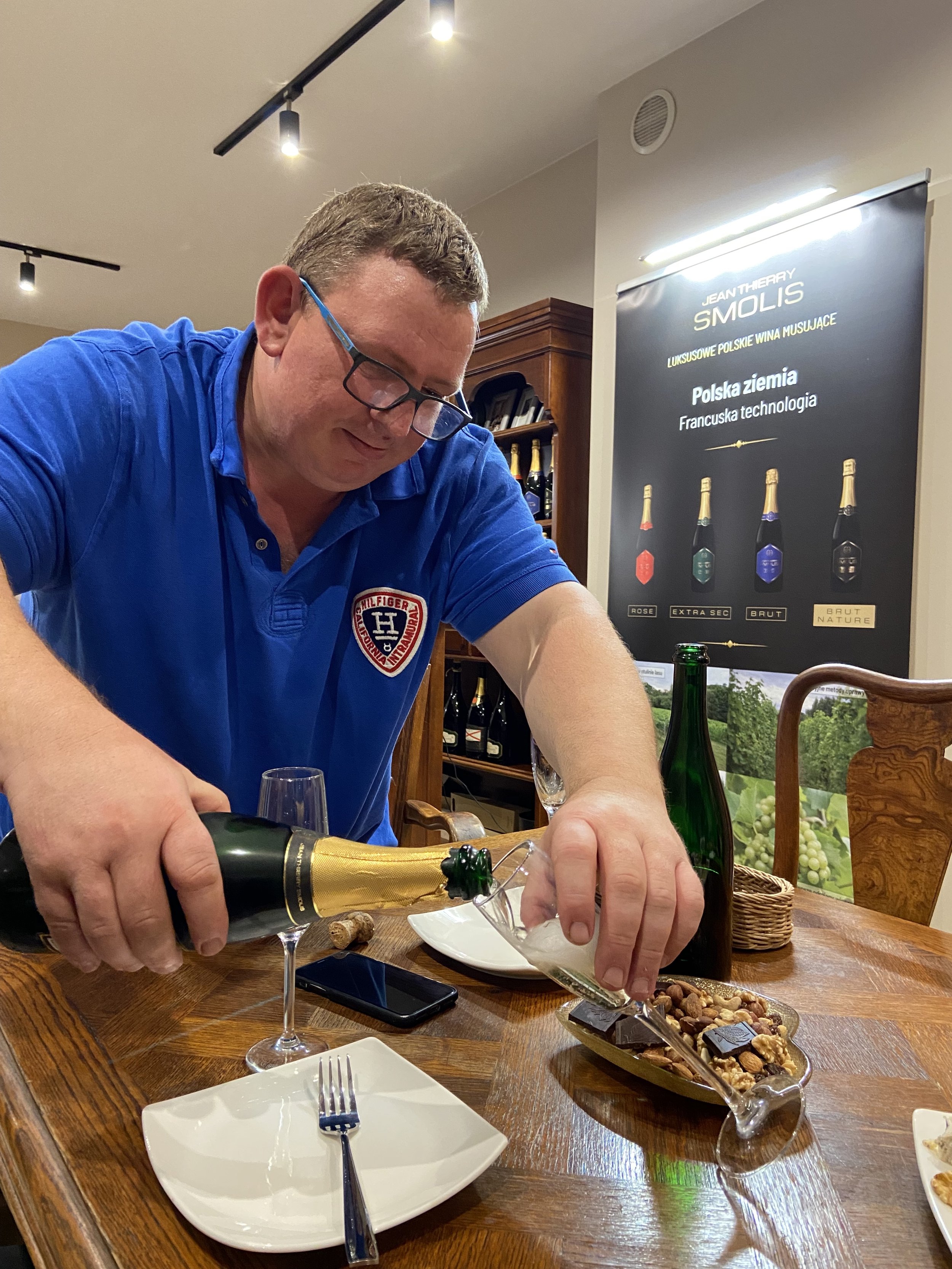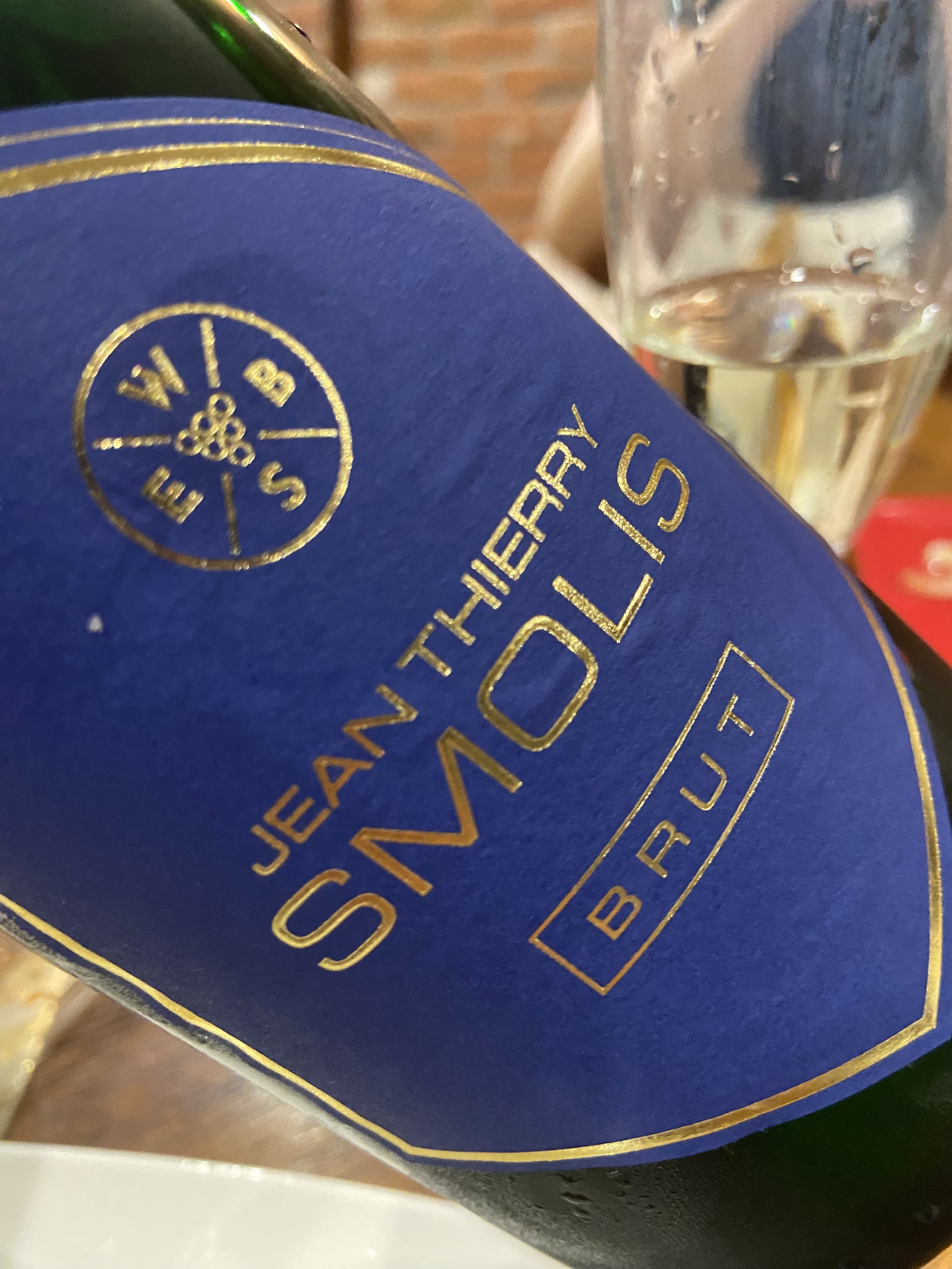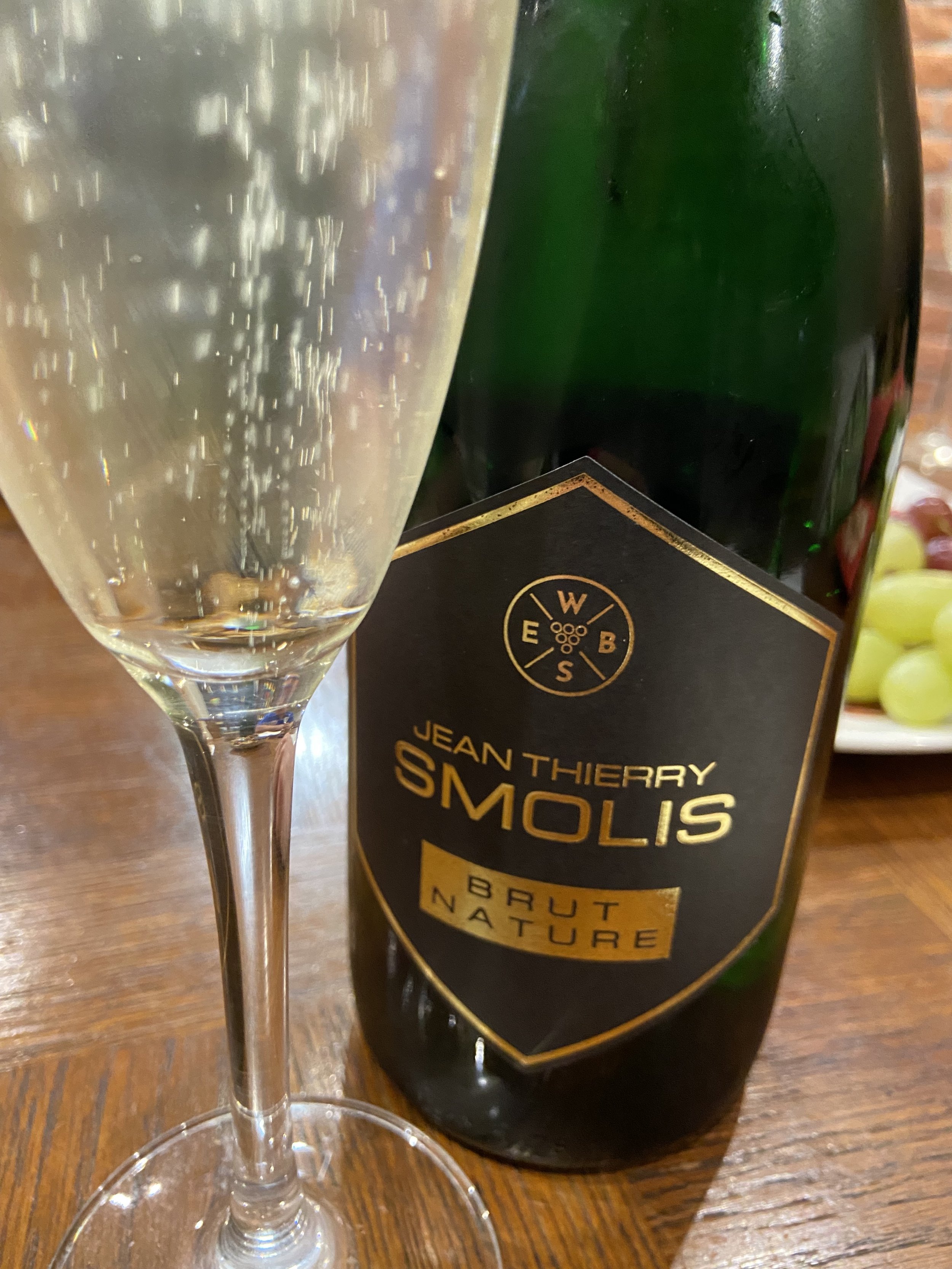Poland. Jean Thierry Smolis
Polish wines are gaining momentum and I was very excited when Jean Thierry Smolis invited me to visit his vineyard near Łódź. Champagne is among my favorite wines, so I couldn’t wait to try sparkling wines made with the traditional method in Poland.
In Brzeziny Smolis on 1,2 hectares grows with success Chardonnay, Pinot Meunier, and Seyval Blanc. He’s planning to add 2 more hectares soon and in the future also build a small cottage house with a tasting room overlooking the vineyard, so watch this space.
In France Jean Thierry met his lovely wife Ewa and they moved to her hometown near Łódź. Jan quickly discovered that microclimate in Brzeziny is perfect for sparkling wine production due to low temperatures allowing grapes to ripen slowly, retain high acidity and low sugar, so he bought a small plot of land with a forest and started the vineyard in 2009. Smolis used to work for 10 years as the technical director programming machines for Champagne de Castellane in France, which later was bought by Laurent-Perrier, and during this time he learned how to make champagne.
Looking at the location of Brzeziny, this seems to be the border where grapes can fully mature. Grapes are benefiting from the beautiful Polish autumn and as Janek claims the harvest in Smolis vineyard is the latest in Europe. At the end of the maturation period Jan wishes for the frost to dehydrate grapes and concentrate aromas even more. This year grapes suffered a bit from coulure, due to the hail during the flowering, but crops look plentiful anyway. When I visited Jan the harvest was planned to start around the first week of October and be completed in around 3 days.
Smolis values highly underestimated hybrid wine grape Seyval Blanc, which used to be widely planted in the Champagne region after the II World War. Banned by the appellation because of its fertility, it ripens early and is suited to cool climates. Seyval blanc is grown mainly in England, United States and Canada.
Chardonnay planted by Smolis is now 10 years old, Pinot Meunière 4 years, and Seyval Blanc 8 years. Smolis is very lucky with the plot location, the small stream softening the climate and a small hill shielding the vineyard. Soil is also great with demers of red clay under the well-drained soil layer. The only threat is being posed by spring frosts, combated with the steam water with sugar and starlings - luckily chased away by hawks.
Harvest is done by hand and grapes are grown organically, but not bio certified yet which Jan plans to obtain this year. Vineyard is located close to the winery and a minimum amount of SO2 is added. Jan stuck to the 400 liters stainless steel tanks, so it’s enough to control the temperature of the room. He uses frost filtration, which used to be popular in the Champagne region, to filter out the sediment and partially the eggs white. Smolis is not using quite common bentonite to clarify his wine, he uses fish bladder instead not to influence wine aromas. Fermentation is on the cultivated yeast and the second fermentation takes place in the bottle.
Smolis produces some of the most exciting Polish sparkling wines, because of his deep understanding of the grape growing and above all taking his time. His wines mature on average 4 years on the lees before being sold and have enough time to acquire toasty and brioche aromas that I simply adore in champagne. During my visit in 2018 wine was almost ready to be released.
Jan produces 5-5,5 thousand. liters of wine a year, totaling around 6,5-7 thousand. bottles under 4 labels: Rosé, Extra Sec, Brut and Brut Nature. His wines are well balanced and pair perfectly with food. During a lovely evening with Jan and Ewa we’ve tried 3 out of 4 labels.
Rosé had distinctive red fruit aromas from Pinot Meunièr, dried plum and strawberry, and quite dosage of 16 grams making it extra sec. It’s made by mixing together 50% of Pinot Meunièr red juice, 40% Seyval Blanc and 10% Chardonnay and fermented together. To break the sweetness of the wine pair it with venison or roe deer tartare.
Brut had a great body and essence from the maturation on the lees. Fairly high dosage of 11 grams was balanced nicely by the high acidity and well integrated into the wine structure. It would pair great with cheese, ham and pate.
My heart was truly taken by the Brut Nature, which is zero dosage wine. Blend of 80% Seyval Blanc with 20% Chardonnay, 3 years on the lees. Seyval Blanc has a very characteristic citrus element in the aroma and taste, as well as a minerality that may be compared to white Burgundy. It shows also strongly in the Smolis Brut Nature that I tasted for the second time at home. It’s very fresh, zesty, mineral with high acidity. You can sense green apples, citrus, lemon zest, and gooseberry, yellow plum, mirabelle, pear, and delicate autolytic notes of brioche. Pleasant and consistent small bubbles. Perfect for aperitif and seafood, like langoustines or mussels.
The Polish wine industry is definitely a booming one to watch closely. Smolis already sells more than 400 bottles per month to restaurants, distributors and individual clients. You can find his wines at the Hub.Praga and Belvedere restaurant in Warsaw. Maciej Nowicki, thank you for the excellent recommendation to visit Smolis vineyard in search for the wine gift for Anselme Selosse and to Grzegorz Koczela from Hub.Praga for being the first to bring Smolis to my attention.
